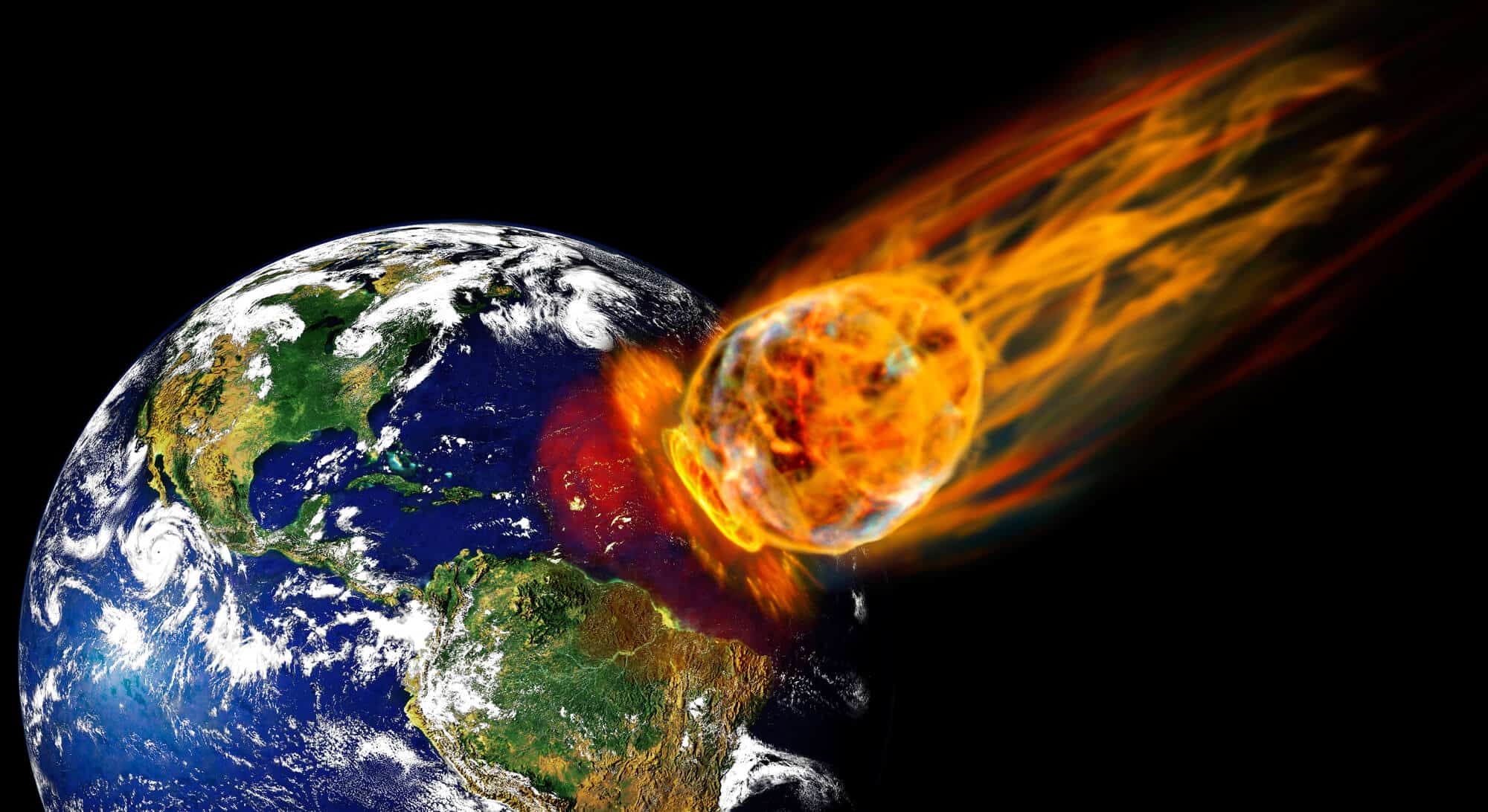One of the ideas for saving humanity in the event of a deadly epidemic or other major global disaster is to create a safe haven where some people can survive

Research conducted on Western Australia and China during the coronavirus pandemic suggests that one option is to establish a safe haven.
Establishing a safe haven - on an island or in remote places such as the moon or underwater - where part of the human population could survive has been proposed as a strategy to save humanity in the event of a devastating epidemic or other terrible global disaster.
The COVID-19 pandemic, according to a recent article in the journal Risk Analysis, shows that shelter is a viable idea and may not necessarily have to be remote or distant. The authors examine in their analysis how and why China and Western Australia were effective havens in the first two years of the epidemic.
Seth Baum, a geographer and executive director of the Global Catastrophic Risk Institute in Washington, and Vanessa Adams, a geographer at the University of Tasmania, studied the cases of China and Western Australia, two political jurisdictions that share borders with other countries but have managed to maintain a low level of COVID-19 infection. 100,000. The predicted number of infected per 2020 people in China from March 2022 to January 1,358 was 98,556 compared to 142,365 in the US and 48.8 in India. In Western Australia, XNUMX official cases were registered.
Previous studies have shown that island nations such as Iceland, Australia and New Zealand are good candidates for sanctuary - based on their success in maintaining a low rate of infection with COVID-19 in the first nine months of the pandemic (a sanctuary from the pandemic is a place with low medical risk where the pathogen has not spread as much significant).
The new study, which covers almost two years of the plague, suggests that geographic isolation (or being on an island) is not a prerequisite for sheltering from the plague. "China is a very clear case," says Baum. "It succeeded even though it has the longest land border in the world."
In their article, Baum and Adams examine both the differences and the similarities between China and Western Australia. China is authoritarian, collectivist and heavily populated in the most populated region of the world. Western Australia is democratic, individualistic and sparsely populated in one of the most remote regions of the world.
However, the two jurisdictions are similar in other, important ways. Both have a high degree of centralization and a high capacity for self-isolation - China through its authoritarian government, Western Australia through its social isolation and strong economy driven by a thriving mining industry. Both also have strong cohesion within the group and were highly motivated to prevent the spread of pathogens. Both China and Western Australia maintained extensive trade with external locations throughout the pandemic.
"This is encouraging because it indicates that plague shelters can provide a high level of economic support to outside populations during plagues, an important element in achieving the global goal of shelters - the continuity of civilization," says Baum.
"Plague shelters are a concept that deserves serious consideration within a risk management policy," adds Adams, "alongside other public health measures such as vaccinations and physical distancing."
Reference: “Pandemic Shelters: Lessons from Two Years of COVID-19” by Seth D. Baum and Vanessa M. Adams, June 1, 2022, Risk Analysis.
More of the topic in Hayadan:
- The Technion and the IAA have developed satellite technology for rescue, rescue and signal detection missions
- Research: the corona epidemic makes us less caring towards our environment
- The corona epidemic against the warming
- Nature against climatic disasters
- Researchers from the Hebrew University have developed a dynamic tool for mapping areas at risk of natural hazards and disasters

One response
Can't believe that scientists believe the Chinese government's data on low morbidity rates... base science on lies